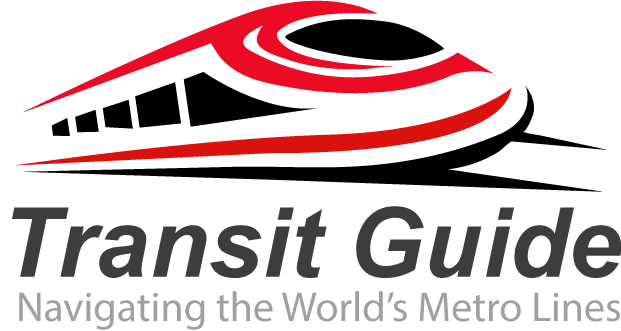The Manila Metro system, officially known as the Metro Rail Transit (MRT) and Light Rail Transit (LRT), serves as the backbone of public transportation in Metro Manila, Philippines. This comprehensive rail network connects millions of commuters daily across the bustling metropolitan area, offering an efficient alternative to the city’s notorious traffic congestion.
Overview of Manila’s Rail Transit Systems
Metro Manila operates three main rail lines that form the core of the Manila Metro system:
LRT Line 1 (LRT-1) stretches from Roosevelt Station in Quezon City to Baclaran Station in Pasay City, covering 20 stations along its 20.7-kilometer route. This elevated railway serves major commercial areas including Divisoria, Ermita, and the Mall of Asia complex.
LRT Line 2 (LRT-2) runs east-west from Recto Station in Manila to Antipolo Station in Rizal Province. Spanning 13.8 kilometers with 13 stations, this line connects key destinations like Araneta Coliseum, Katipunan, and Marikina City.
MRT Line 3 (MRT-3) operates along EDSA, Metro Manila’s main thoroughfare, connecting North Avenue Station in Quezon City to Taft Avenue Station in Pasay City. This 16.9-kilometer line serves 13 stations and links major business districts including Ortigas Center, Makati CBD, and Ayala Center.
Manila Metro System Features and Services
The Manila Metro system operates from approximately 5:00 AM to 10:30 PM daily, with extended hours during special events and holidays. Each line utilizes modern air-conditioned trains equipped with CCTV systems and designated spaces for persons with disabilities (PWDs), pregnant women, and senior citizens.
Fare payment has modernized significantly with the introduction of the Beep Card, a contactless smart card system that works across all three lines. This electronic ticketing system has streamlined passenger flow and reduced waiting times at station entrances.
Key Destinations and Connectivity
The Manila Metro system provides direct access to numerous important locations throughout the metropolitan area. Passengers can reach major shopping centers like SM Megamall, Ayala Malls, and Robinson’s Place Manila. Educational institutions including University of the Philippines Diliman, Ateneo de Manila University, and Far Eastern University are easily accessible via various stations.
Business districts such as Makati Central Business District, Ortigas Center, and Bonifacio Global City connect seamlessly through the rail network, making it an essential transportation option for the workforce.
Future Developments and Expansions
The Manila Metro system continues expanding with several ongoing projects. The LRT-1 Cavite Extension will add eight new stations, extending service to Bacoor, Cavite. Meanwhile, the Metro Manila Subway project, currently under construction, will become the Philippines’ first underground railway system, further enhancing connectivity across the region.
Travel Tips for Manila Metro Users
To maximize your Manila Metro experience, avoid peak hours (7:00-9:00 AM and 5:00-7:00 PM) when possible. Purchase a Beep Card for convenient travel across all lines, and always stand right on escalators to allow others to pass on the left.
The Manila Metro system represents a crucial investment in Metro Manila’s transportation infrastructure, continuing to evolve and serve the growing needs of the Philippines’ capital region.

